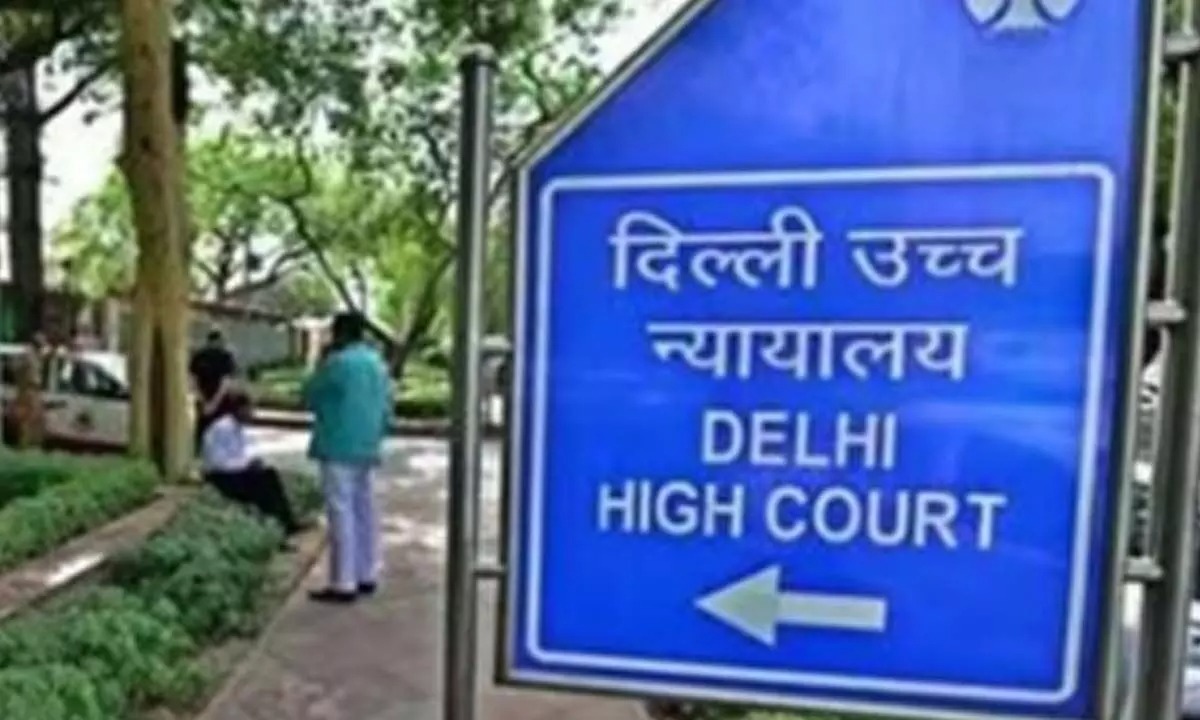N.K. Sen, J.@mdashThis is a Rule calling upon the District Magistrate, 24- Parganas and the Chairman, North Barrackpore Municipality to show cause why the order of Sri G. Chatterjee directing the demolition of a certain wall should not be set aside. The case of the Municipality was that the petitioner Saraswati Santra had made an unauthorised construction and completed holding no. 32, otherwise than in accordance with the conditions on which her plan was sanctioned. The unauthorised act was alleged to be not maintaining a clear space of 4 ft. in between her building and the contiguous southern building of her neighbour Janaki Bauri in spite of the notice u/s 321(1) of the Bengal Municipal Act. The Municipality has prosecuted the petitioner for violation of the terms and conditions mentioned in the plan and has also prayed for an order of demolition.
2. The petitioner Saraswati Santra has opposed the claim of the Municipality and has challenged the allegation that a clear space of four feet has not been observed. The learned Magistrate has found as a fact that the petitioner had made the construction in violation of the terms and conditions laid down in the plan and that upon a consideration of all facts and circumstances he should make an order for demolition as prayed for.
3. Several points of law were raised in the court below and also before this Court.
4. It is urged that a boundary wall is not subject to any sanctioned plan and therefore the construction of a boundary wall does not authorise the Municipality to ask for its demolition.
5. This argument seems unreal. If the sanction of the Municipality be a condition precedent to the construction of any building and if any deviation from the sanctioned plan can be visited with an order of demolition, it certainly follows that whatever construction had caused this deviation may be ordered to be removed to keep the construction within the terms sanctioned in the plan. In this particular case it was the construction of the wall that had caused the violation of the terms of the plan. Clearly therefore, that part of the unauthorised construction which is responsible for this violation can be ordered to be removed.
6. It is next contended that a notice u/s 321 (2) and a prosecution u/s 330 of the Act on the basis of that notice does not apply to the facts of the case. This argument is difficult to understand. Section 321(2) provides that the Chairman by a written notice should require the owner of the building either to make such alteration as may be specified in the notice or to appear before the Commissioners and show cause why such alterations should not be made.
Section 321(2) reads as follows:
If, on making any inspection under sub-section (1) the Chairman or other person so authorised finds that the buildings inspected is being or has been erected-
(a) Subject to the provisions of section 329 otherwise than in accordance with the plans thereof which the commissioners have approved or
(b) in such a way as to contravene any of the provisions of this Act or of Schedule VI or of any rule or by-law made in this behalf, the Chairman may, by written notice, require the owner of the building either to make such alterations as may be specified in the notice with the object of bringing the work into conformity with the said plans or provisions, as the case may be or to appear before the commissioners at a meeting and show cause why such alterations should nor be made.
7. Sub-sections (3) and (4) provide for giving an opportunity to show cause and to satisfy the Municipality. Section 33(1) (c) authorises the Municipality to take action in court only after a notice had been issued u/s 321. All these precautions have been provided to prevent any frivolous action being taken. This is all to the benefit of the ratepayer. It is not contended that such a notice was not issued. This point raised on behalf of the petitioner therefore fails.
8. Another point raised is that the wordings of sec. 330 make it imperative that the particular Magistrate before whom the complaint is made, would be the only Magistrate empowered to make the final order and the case could not be transferred after its institution to any other Magistrate. It is unnecessary to advance arguments against such a contention. The procedure of trial by a Magistrate as laid down in the Criminal Procedure Code is clear as to how after taking cognizance a case could be transferred.
9. On facts it is quite clear that the violation of the terms of the plan was caused not by the old building of Janaki built in 1936 or 1937, but by the construction of the wall by the petitioner. The evidence on this point is quite clear and convincing.
10. The next point taken is trot more than five years having elapsed since the petitioner''s building was constructed, the order of demolition was not called for in the interest of the public. The learned Magistrate has pointed out that here the unauthorised construction served to make it a kitchen just to the contiguous north of the bed room of P.W. 3, the son of Janaki. That this is so has been amply proved by evidence. In my judgment the learned Magistrate had indeed exercised his judicial discretion in passing the order that he did.
11. Lastly it is argued that sec. 330 so far as it offends against the Constitution is void and ultra vires. This argument is based en the assumption that it puts the person proceeded against in a double jeopardy. I do not agree. The order of demolition may or may not be passed according to the circumstances of a particular case. The Magistrate may make an order for demolition or alteration of any offending structure in the interest of justice and for the benefit of the rate-payers. There is no question of any double jeopardy. In my judgment therefore, the order passed by the learned Magistrate was a proper one and must be affirmed.
12. The petitioners are hereby directed to demolish the southern wall of her building to the extent only that the demolition brings her structure in conformity with the sanctioned plan-Ex. 2, thus keeping a 4 ft. wide space in between her building and the building of Janaki Bauri within two months from the arrival of 1he records to the court below, failing which the Municipality will be at liberty to do the same at her expense within the meaning of sec. 330 of the Bengal Municipal Act. The Rule is accordingly discharged.

